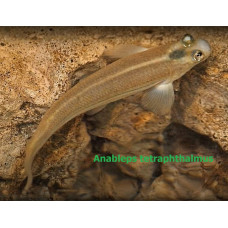Ovoviviparity is a method of animal reproduction in which fertilised eggs are retained in the rear, enlarged part of the fallopian tube, called the uterus, and development takes place at the expense of the egg's energy reserves, with oxygen coming from the mother's body. In ovoviviparity, the embryo receives no additional nutrients from the mother.
Egg life: fertilisation occurs within the organism; zygotes are retained within the female (or male), but there are no major trophic (nutritional) interactions between the zygote and the parents (there may be minor interactions such as maintaining water and oxygen levels). The survival of the embryos depends on their yolk.
There are two types of viviparity in fish.
Histotrophic ('tissue-eating') viviparity: zygotes develop in the female's oviducts, but she does not feed directly. The embryos survive by feeding on her eggs or their unborn siblings.
Hemotrophic ('blood-feeding') viviparity: the zygotes are retained in the female and nourished by her, often through a form of placenta.
The largest number of egg-living sharks (most sharks, stingrays, eagle rays, giant rays). Among bony fishes, live birth is known in Zoarces viviparus, Sebastes, Comephorus baicalensis, many carp (Anableps tetraphthalmus), some emirhamphidae and others.
Ovoviviparity
Tags: ovoviviparity

